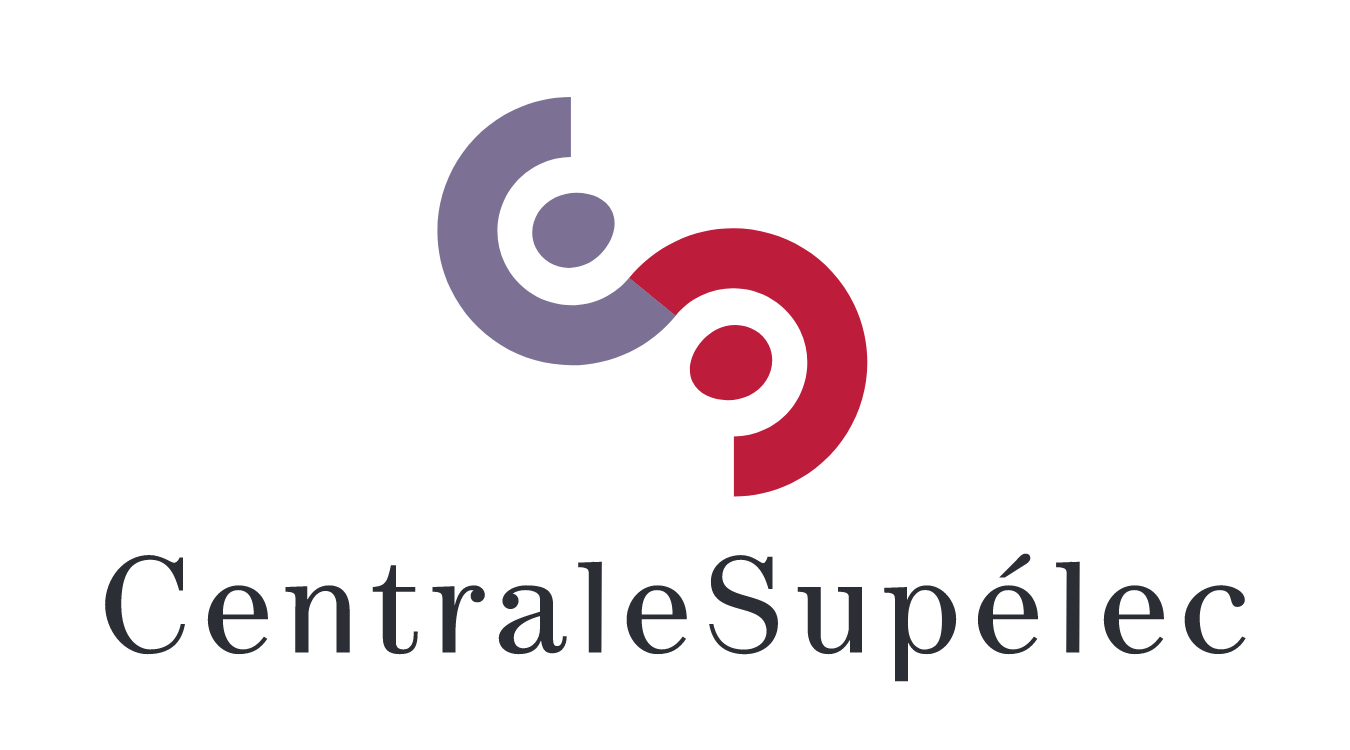Electromagnetic imaging of a dielectric micro-structure via convolutional neural networks
Résumé
Convolutional neural networks (CNN) are applied to the time-harmonic electromagnetic diagnostic of a dielectric microstructure. The latter consists of a finite number of circular cylinders (rods) with a fraction of wavelength radius that are set parallel to and at sub-wavelength distance from one another. Discrete scattered fields are made available around it in a free space multisource-multireceiver configuration. The aim is to characterize this micro-structure, like positions of rods or their absence, and in effect to map their dielectric contrasts w.r.t. the embedding space. A computationally efficient field representation based on a method of moments (MoM) is available to model the field. Iterative, sparsity-constrained solutions work well to find missing rods but may lack generality and need strong priors. As for time-reversal and like noniterative solutions, they may fail to capture the scattering complexity. These limitations can be alleviated by relying on deep learning concepts, here via convolutional neural networks. How to construct the inverse solver and which resulting architecture appears the most efficient is focused onto. Representative numerical tests illustrate the performance of the approach in typical situations. Comparisons with results from a contrast-source inversion (CSI) introduced in parallel are performed. Emphasis is on potential super-resolutionin harmony with subwavelength features of the micro-structure
